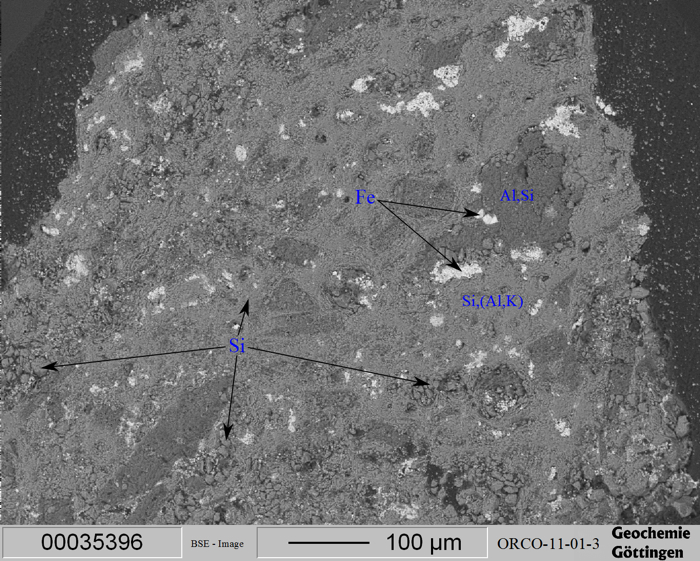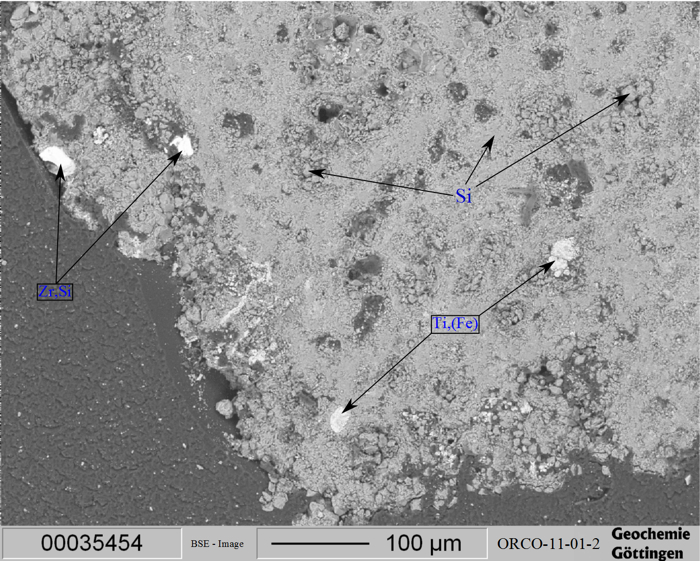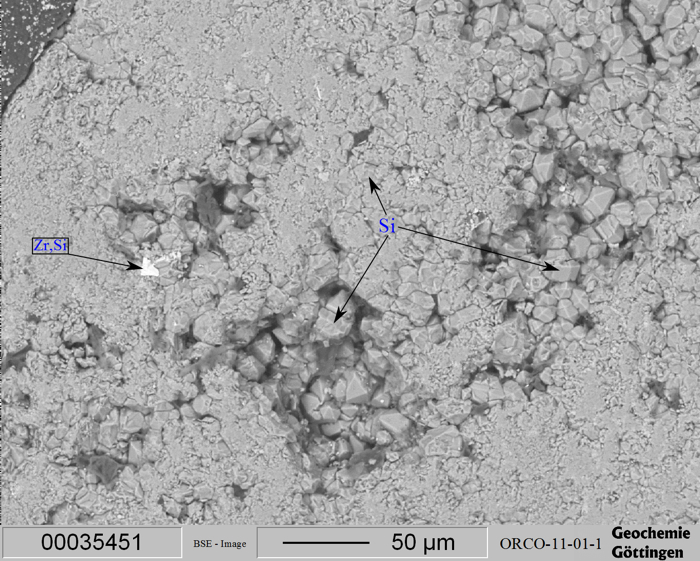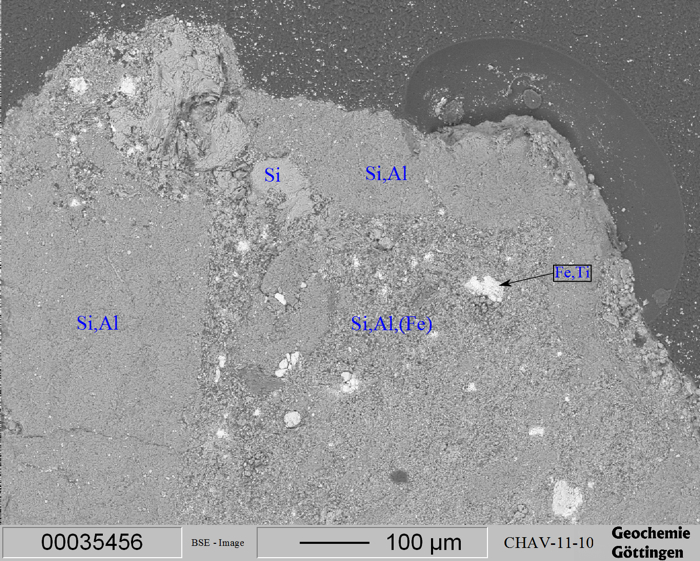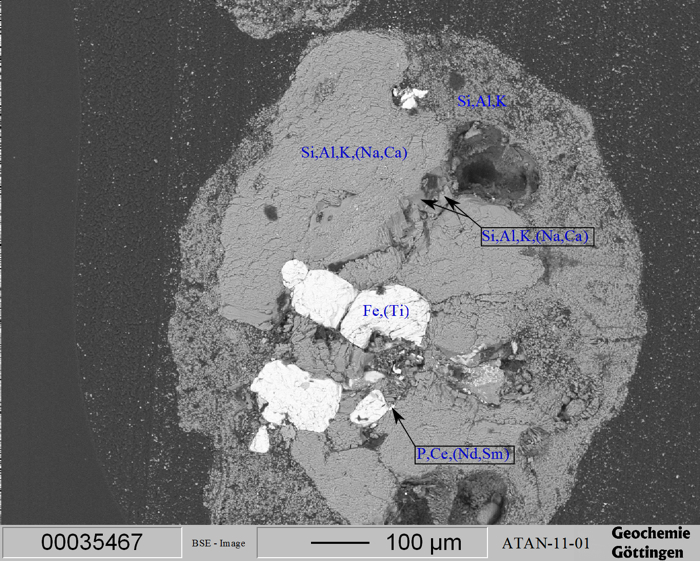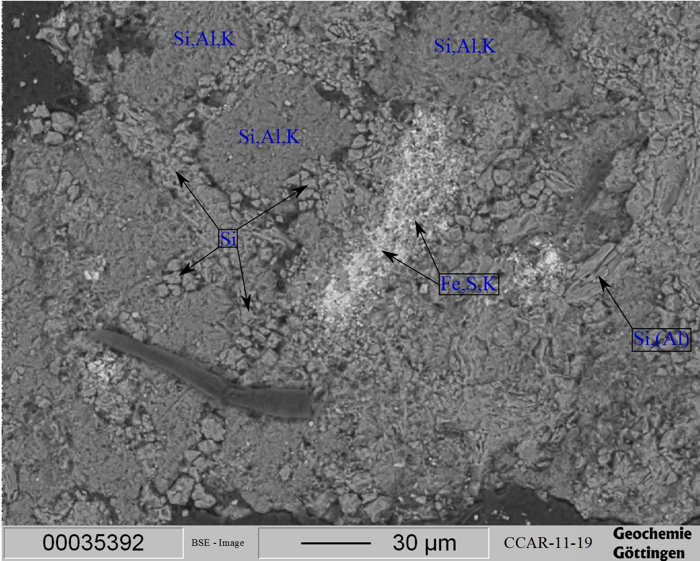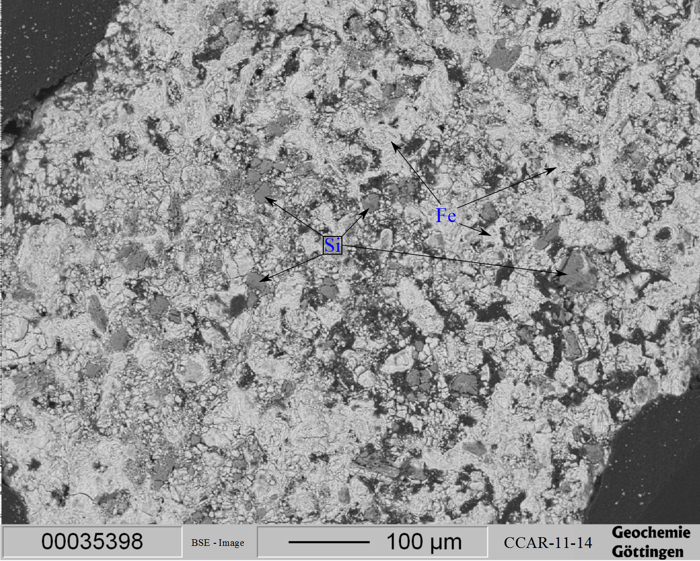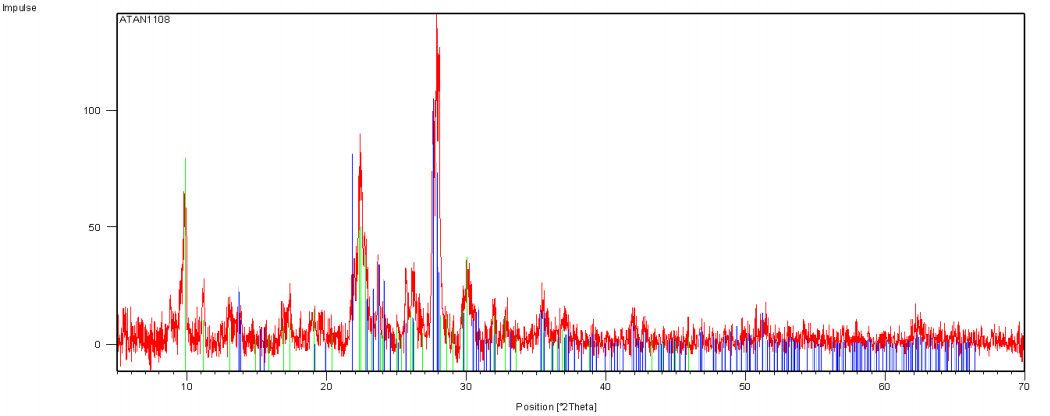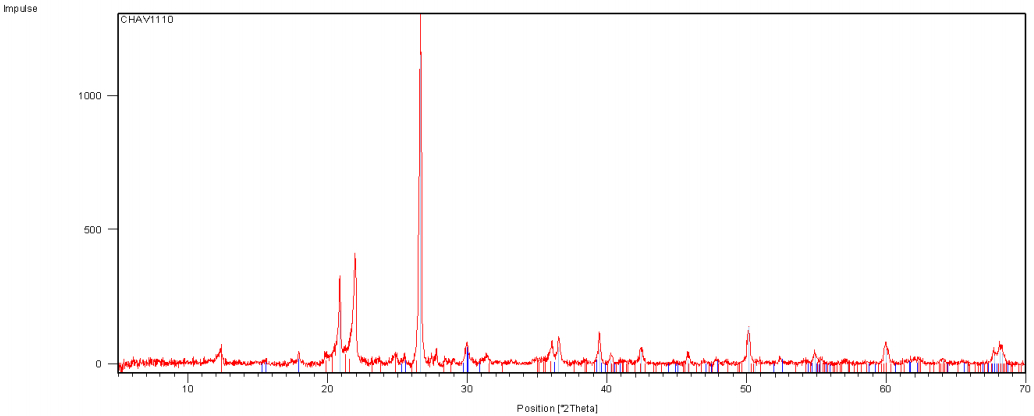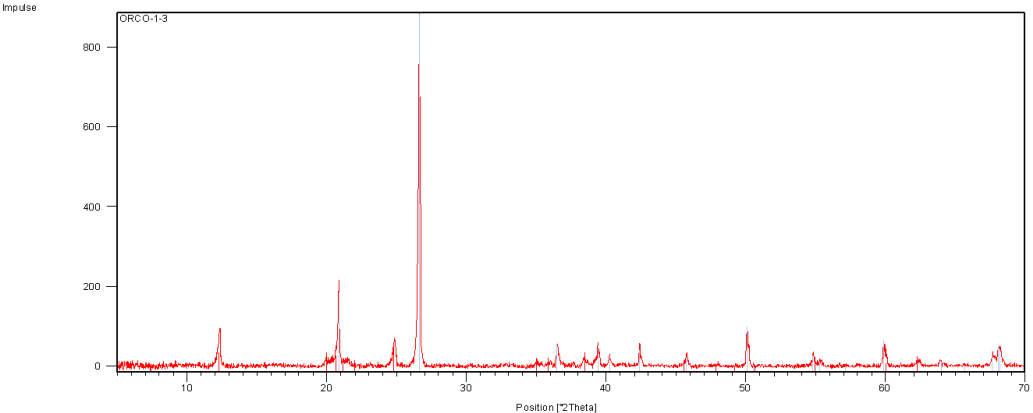
GeoPeP 2011/2012
Mineral-sensitive results
Ion microprobe
Grains selected for this analysis usually appear to be agglomerates of different mineral phases. Compositions of these phases were determined using EDX which allow providing a preliminary identification (see tab. 1).
Tab.1: Table with possible Minerals based on Elemental-Data from EMP

Cerro Orconcchocha
Compositional images (BSE) of selected grains of samples ORCO-11-01-1 to ORCO-11-01-3 reveal differences in texture and possible mineral occurrences.
In sample ORCO-11-01-3, former phenocrysts seem to be replaced by a fine mixture of Si and Al, potentially indicating kaolinite (see fig. 5). The phenocrysts are embedded in a fine-grained siliceous matrix which dominates the agglomerates. Fe – and Ti-bearing mineral phases occur within this matrix.
In comparison, ORCO-11-01-2´s fraction of siliceous matrix is greater, but the former named phases are also recognizable (fig. 6).
In contrast, ORCO-11-01-1 almost consists of pure Si and euhedral quartz crystals can be distinguished (see fig. 7).
Cerro Chavina
Cerro Chavina samples are composed of a replaced fine mixture of Si and Al, potentially indicating kaolinite which seems to have replaced former phenocrysts which are surrounded by a fine-grained matrix of similar composition (see fig. 8). In addition, an intergrowth with Fe – and Ti-bearing mineral phases, plus quartz is recognized. Sulphur and barium implicate the occurrence of barite (see fig. 9).
Lomada Atansa
Phenocrysts exhibiting sharp grain boundaries are composed of Si, Al, K and minor Na and Ca which are thought to represent relics of feldspar, partly altered to illite (see fig. 10). The surrounding matrix has a similar composition, but is relatively enriched in Si and lacks Na and Ca. Supplementary phases include subhedral Fe – and Ti-bearing minerals associated with monazite.
Carhuarazo
Samples are composed of phenocrysts of relictic feldspar which might have also been replaced by Si-, Al- and K-bearing illite (see fig. 11). The matrix is made up of Si in a casual intergrowth with S-, K- and Fe-bearing jarosite.
As an example for a Fe-rich sample as indicated by XRF analysis, CCAR-11-14 is dominated by Fe-bearing phases. Subordinate silicates are observed which are overgrown by the Fe-bearing phases (see fig. 12).
X-ray Diffraction (XRD)
Distinct 2θ peaks in XRD spectra from Lomada Atansa samples identify quarz, feldspar and in some cases zeolithe as main components (see fig. 13).
Cerro Chavina XRD spectra exhibit quartz, kaolinite, illite/montmorillonite, feldspar and alunite as major phases (see fig. 14 and fig. 15). We would like to point out, that illite and montmorillonite are not clearly discriminable, whereas the latter one belongs to the smectite group minerals.
Regarding Carhuarazo, the data imply as mineral phases quartz, kaolinite, feldspar, illite/ montmorillonite and possible a minor signal of jarosite (see fig. fig. 16 and fig. 17). The absence of sharp, distinct peaks in CCAR-11-13 indicate a high content of amorphous phases (see fig. 18).
A dominant 2θ signal of quartz and subordinate kaolinite can be assigned to Cerro Orconcchocha (see fig. 19).
© Christian Hansen, Andres Höweling, Kai Nitzsche, Tammo Ohlendorf 2012
